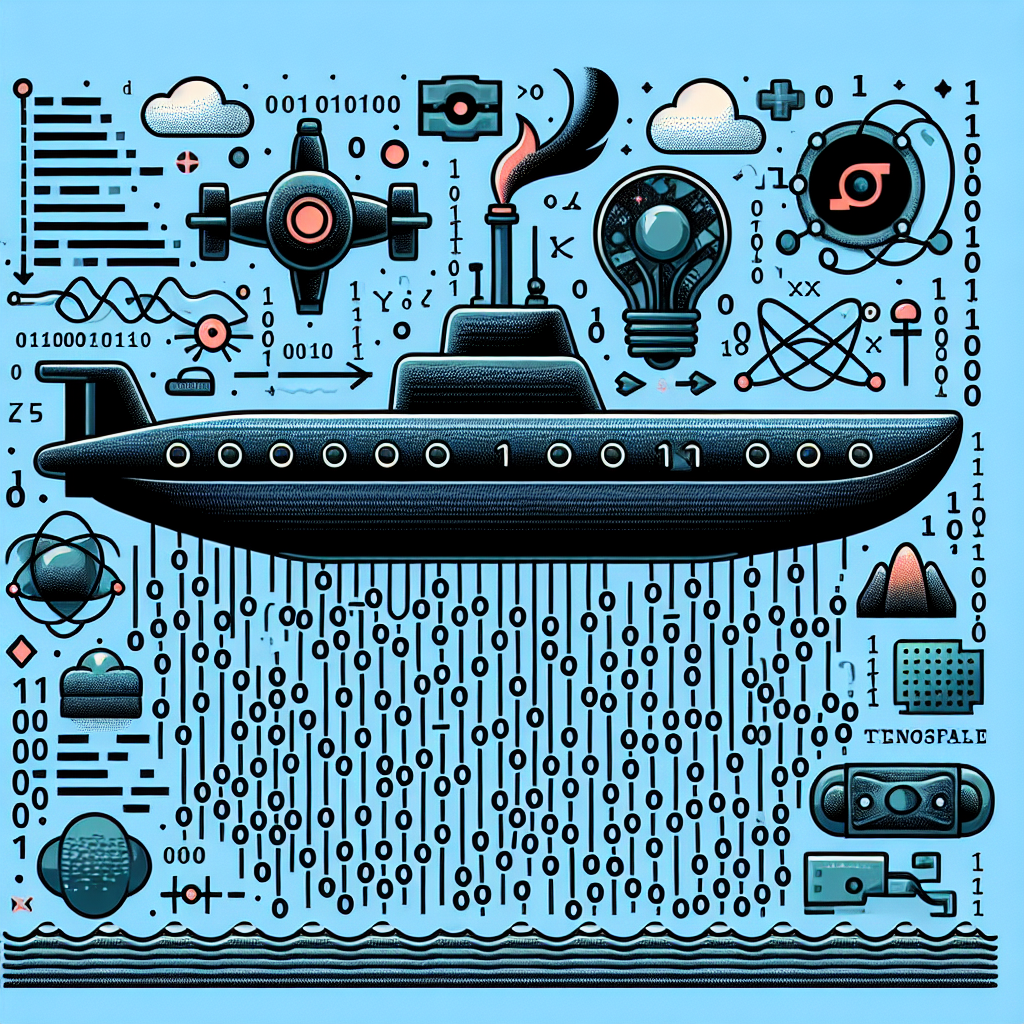Fix today. Protect forever.
Secure your devices with the #1 malware removal and protection software
Deep learning has revolutionized the field of artificial intelligence, enabling computers to learn from large amounts of data and make decisions without being explicitly programmed. Two of the most popular deep learning frameworks, PyTorch and TensorFlow, have become essential tools for building sophisticated neural networks.
In this article, we will take a deep dive into the world of deep learning, exploring the capabilities of PyTorch and TensorFlow and how they can be used to build powerful systems.
PyTorch is a deep learning framework developed by Facebook’s AI Research lab. It is known for its flexibility and ease of use, making it a popular choice among researchers and developers. PyTorch allows users to define and train neural networks using a dynamic computational graph, which makes it easy to experiment and iterate on models.
TensorFlow, on the other hand, was developed by Google and has become the de facto standard for deep learning in industry. TensorFlow uses a static computational graph, which can be more efficient for large-scale production systems. TensorFlow also provides a wide range of tools and libraries for building and deploying deep learning models.
Both PyTorch and TensorFlow support a variety of neural network architectures, including convolutional neural networks (CNNs) for image recognition, recurrent neural networks (RNNs) for sequence modeling, and transformers for natural language processing. These frameworks also offer pre-trained models and tools for transfer learning, allowing users to leverage existing models for their own applications.
To build a deep learning system with PyTorch or TensorFlow, users typically start by defining the architecture of their neural network using the framework’s high-level APIs. They can then train the model on a dataset using optimization algorithms like stochastic gradient descent or Adam. Once the model is trained, it can be evaluated on a separate test set to measure its performance.
One of the key advantages of deep learning frameworks like PyTorch and TensorFlow is their ability to leverage hardware accelerators like GPUs and TPUs to speed up training and inference. This allows users to train larger and more complex models in a reasonable amount of time, enabling breakthroughs in areas like computer vision, natural language processing, and reinforcement learning.
In conclusion, PyTorch and TensorFlow are powerful tools for building deep learning systems that can learn from data and make intelligent decisions. By leveraging these frameworks, researchers and developers can push the boundaries of AI and create innovative applications that were previously thought impossible. Whether you are a beginner or an expert in deep learning, exploring PyTorch and TensorFlow can open up a world of possibilities for building intelligent systems.
Fix today. Protect forever.
Secure your devices with the #1 malware removal and protection software
#Deep #Dive #Deep #Learning #InDepth #Building #Systems #PyTorch #TensorFlow,understanding deep learning: building machine learning systems with pytorch
and tensorflow

Leave a Reply
You must be logged in to post a comment.